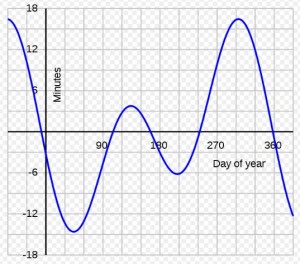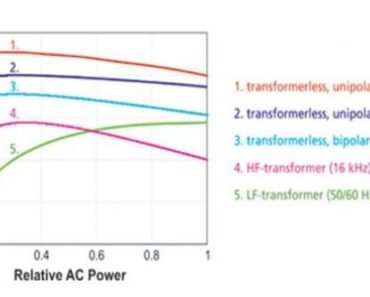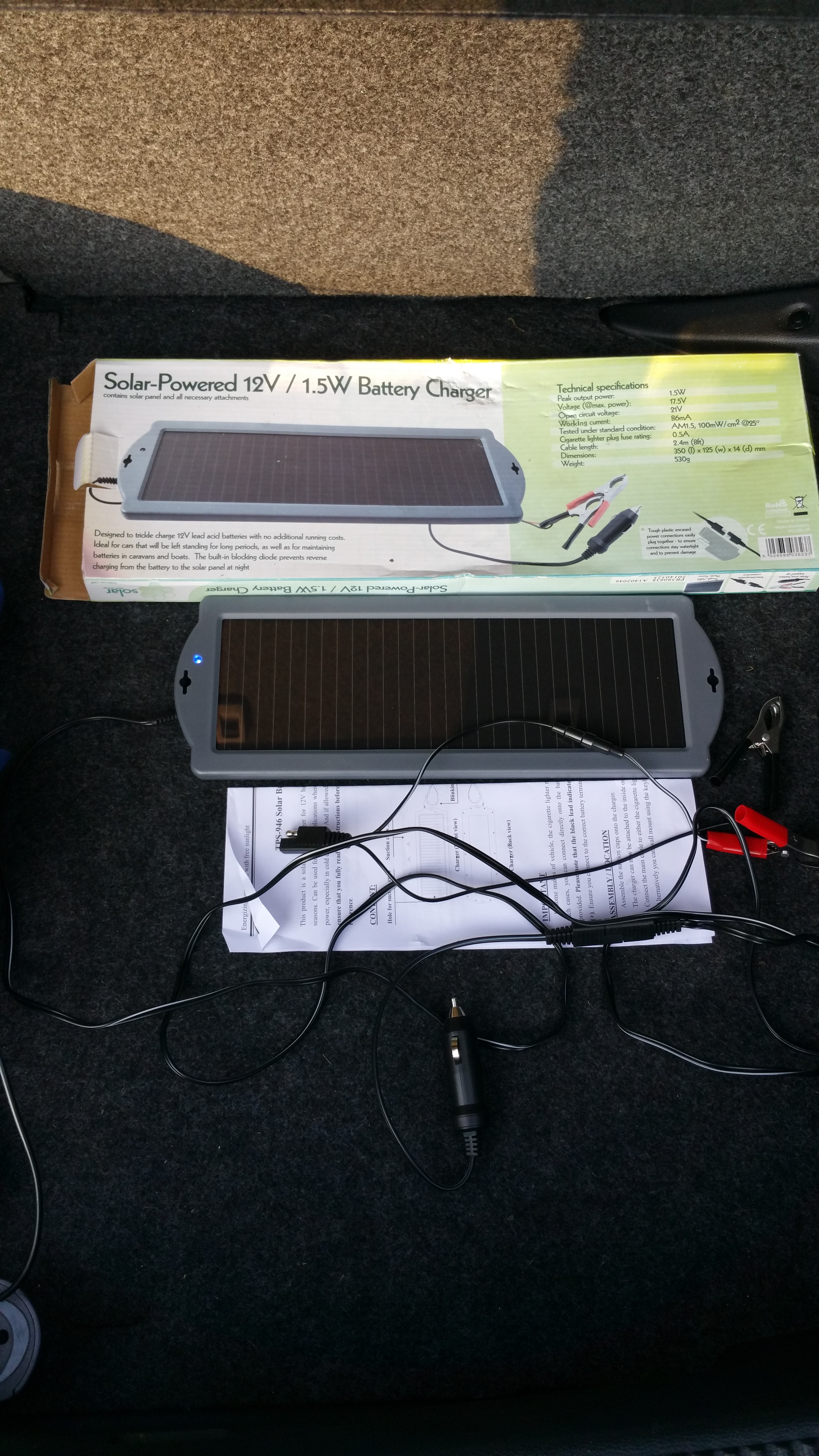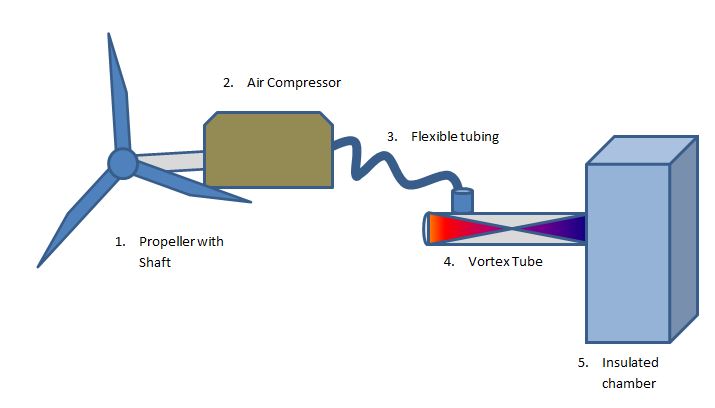In this article, information regarding the calculation of insolation (incident solar radiation) on an inclined surface by an accurate method is presented. Accurate estimation of insolation on inclined surface is important for feasibilty calculation of not just solar farms but also for domestic roof top installation.
In a previous post, a relatively easy method to work out solar radiation falling on an inclined surface was looked at. That particular method did not take position of the sun into account at a particular time.
In this method a more complex equation will be used. The results are very accurate however it must be added that this method too, like many others does not take into account the effect of cloud cover.
In order to determine the component of radiation falling over an inclined surface, the following equation is used:
Cosθ = sinδsinΦ cosβ – sinδcosΦsinβcosγ + cosδcosωcosΦcosβ +Cosδ Cosω SinΦ Sinβ Cosγ + Cosδ Sinβ Sinγ Sinω …..(1)
Where ϴ – Angle of incidence of beam radiation on surface
Φ – Latitude of the location (Position on the Earth)
δ – Declination (time of the year)
ω- hour angle (time of day)
β – Slope of surface (w.r.t the horizontal)
γ –Surface Azimuth Angle (Orientation w.r.t the meridian)
Thus the projection of sun rays on the inclined surface”ϴ” is a function of (Φ,δ,ω,β,γ)
As the hour angle ω is factored into the equation (1), solar radiation falling on a surface can be calculated for any time of the day. The hour angle needs to be calculated for any particular time and its method is explained below. The hour angle has to be calculated for thousand of hours if an annual average insolation needs to be worked out (using hourly data of horizontal radiation). For this reason, the use of spread sheet software is highly recommended.
The intensity of the beam radiation on a tilted surface or horizontal surface GS, equivalent to the direct normal beam radiation, GDN, multiplied by cosine of the angle of incidence of beam radiation on the surface:
GS = GDNCosϴ
To calculate the hour angle ω, the solar time needs to be worked out first.
Calculating Solar time
Solar time and local time are two different entities although there are moments when the two of them align. In solar time sunrise occurs at 6:00 am sunset occurs at 6:00 pm and the sun reaches its zenith at 12:00 noon. From our observation we know that Solar Noon may not occur at 12:00 pm local time.
The real solar noon shifts in apparent time because the length of the day is not fixed and varies day to day across the year. The change in day length is from it 24 hour average is because of the orbit eccentricity and the effect of obliquity.
This phenomenon of changing day length is captured by the equation of time. The day length can vary as much as 16 minutes from average of 24 hours. Measures such as time adjustment for winter’s season adopted by many countries (day light saving) also shift the local time from the solar time. Only at the equator, the solar time closely follows the local time but still remains different from it.
minimum −14:15 11 February
zero 00:00 15 April
maximum +03:41 14 May
zero 00:00 13 June
minimum −06:30 26 July
zero 00:00 1 September
maximum +16:25 3 November
zero 00:00 25 December
Solar time can be worked out using the following equations:
Solar Time =Standard Time + 4(Lst−Lloc)+E
where Lst is the standard meridian for the local time zone, Lloc is the longitude of the location, and E is the difference in time that is defined by:
E=229.2(0.000075+0.001868 cosB−0.032077 sinB−0.014615 cos2B−0.04089 sin2B)
where B is
B=(n−1)*(360/365) ……………………..(B is in degrees)
The equation for E is also called equation of time and there are other versions of it some of them more complex.
Calculating the hour angle ω
To get hour angle from time, multiply hours from noon times 15 degrees per hour (negative for before noon, positive for after). For example if solar time is 10:30 am, this is 1.5 hours before noon, so the hour angle would be -22.5 degrees. Note hour angle at Solar Noon is 0 degree
Once the hour angle is calculated it can be plugged in equation 1 to determine the projection of sun rays on the inclined surface.
For further reading consult: Solar Engineering of Thermal process by John A. Duffie and William A. Beckman







